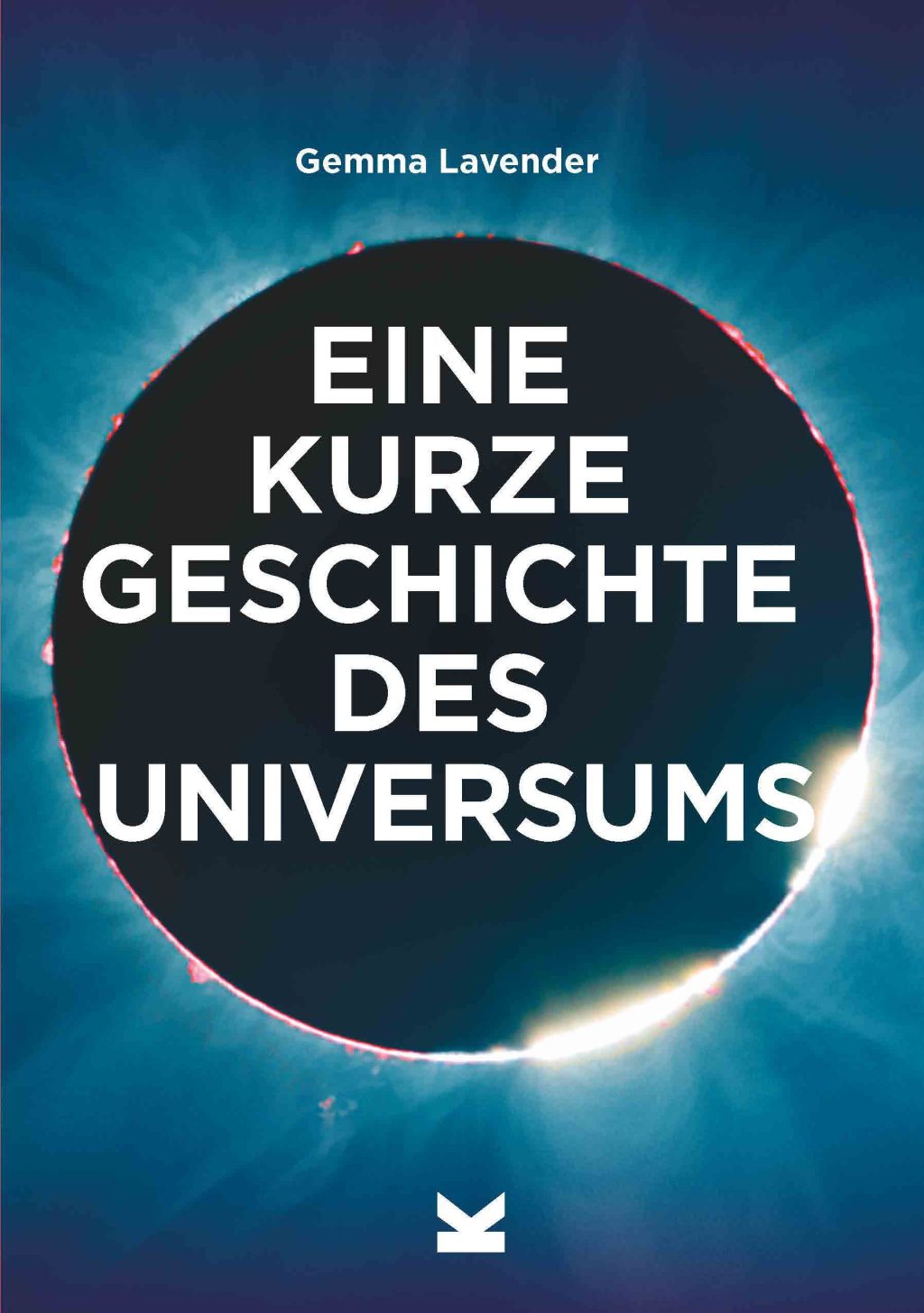From distant galaxy clusters to the solar system
The “Blocks” chapter is the most comprehensive. Here the author chose distance-dependent representation, but in reverse order: it starts with galaxy clusters and ends with the solar system. The Galaxies section introduces William Parsons (Lord Rossi), discoverer of the spiral structure. The history of astronomy is generally well represented. For each “building block,” the author has provided examples, such as known galaxies, separately from the text. The final chapter deals with “theories”. Many topics, such as the Big Bang, inflation or black holes, have already been introduced earlier. Doppler effect, density waves in spiral galaxies and new panspermia. The mixture is quite colorful and the meaning of the separation is not entirely clear.
A record that forms the conclusion. References are found only in the sections and are limited to original works. Unfortunately there is no glossary. But that would make sense, because technical terms are often only explained later. The images and graphics are almost all in color and of good quality. The book’s easy-to-use design and fluent, sometimes humorous text are also compelling. However, we have noticed about 30 places where errors or inaccuracies occur. Many of them aren’t dangerous – but some are. Perhaps the proofreading was not thorough enough or lacked the necessary expertise.
At first the spelling of the numbers is explained, it says: 10-B = 1/10b (instead of 1/10B). In addition, one passage says: In 1929 “astronomer Edwin Hubble was looking through his large 2.50-meter Hooker telescope (…) when he noticed that light waves from distant galaxies were stretched into longer, redder wavelengths” – is there The red shift of the spectral lines cannot be visually identified. Moreover, the Big Bang singularity is referred to as a “one-dimensional point”, while points are zero-dimensional. One reads that “photons cannot accelerate fast enough to smash protons and neutrons”, but light quanta always move at the speed of light and thus never accelerate. Elsewhere, the book says that the Milky Way has sucked in many dwarf galaxies whose total mass equals “only 10 percent of that of our sun”—but it is likely the Milky Way rather than the Sun. In addition, some comments contain incorrect information, such as: “The galaxy cluster Abell 2744 is only one-fiftieth the size of the Milky Way, but contains ten times as many stars”, but the correct number would be 3,500 times the size and 4,000 times the Bloc. And: spiral galaxy NGC 3147 “is about 130,000 light-years from Earth.” Here it should be 130 million light-years away. And in order to observe the double star Albireo, “which is easy to see with the naked eye from here,” you really need a small telescope. One is also amazed to learn that the Apollo 12 astronauts, who landed near Surveyor 3, “brought the probe back to Earth” – but the device weighs 296 kilograms. Only ten kilograms were taken, including the camera.

“Explorer. Communicator. Music geek. Web buff. Social media nerd. Food fanatic.”







More Stories
A review of Rhengling at Erfurt Theater
MrBeast Sued Over 'Unsafe Environment' on Upcoming Amazon Reality Show | US TV
A fossilized creature may explain a puzzling drawing on a rock wall.